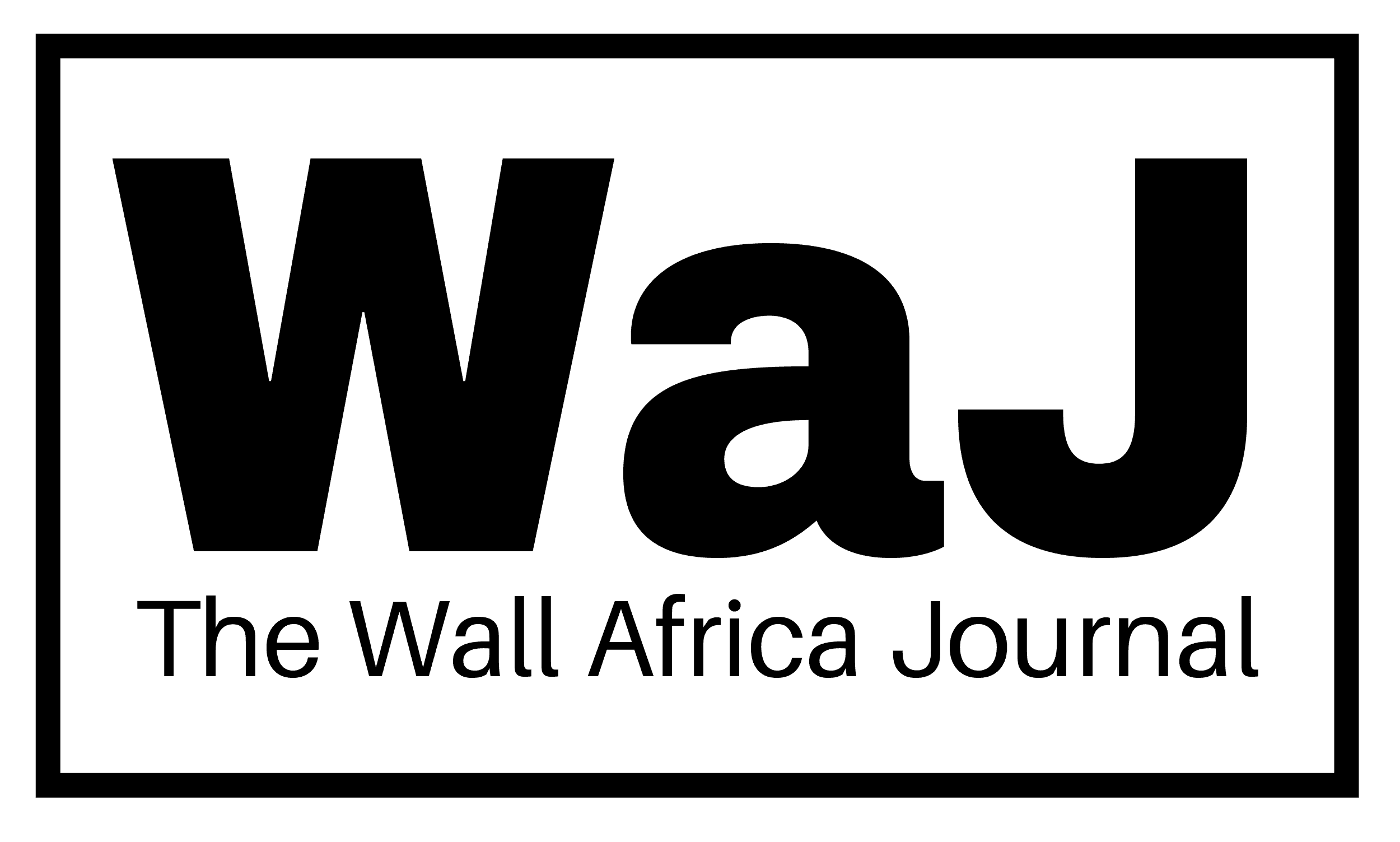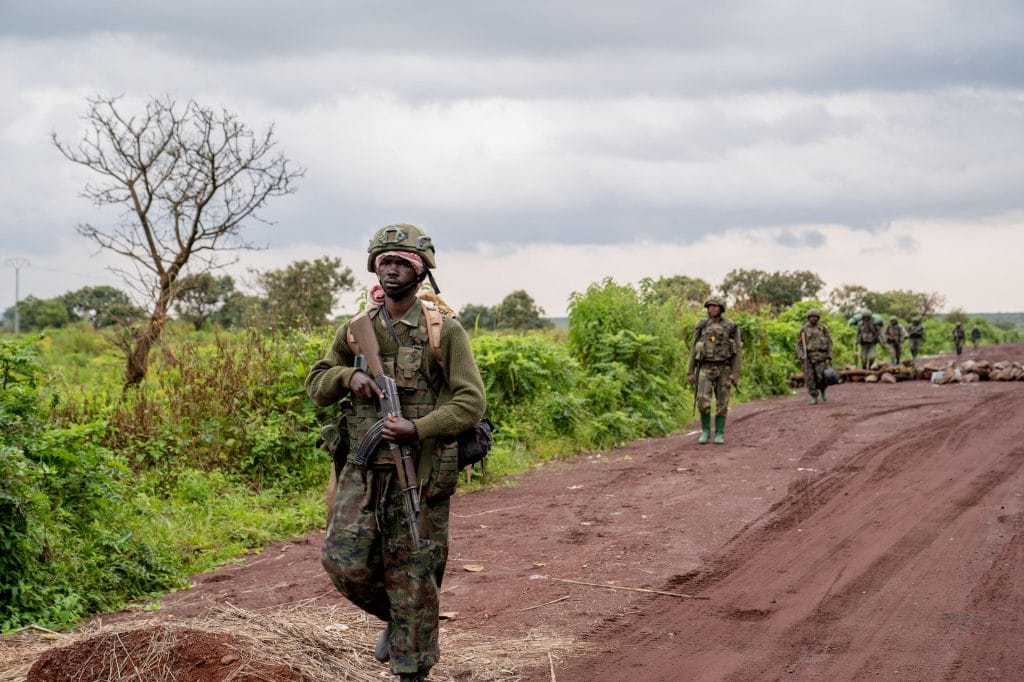In the latest chapter of escalating violence in eastern Democratic Republic of the Congo (DRC), M23 rebel forces have seized control of Luhwindja, a key mining town in the southeastern region of South Kivu province. The assault, which unfolded on Tuesday, marks a significant territorial gain for the rebel group, already accused of destabilizing the region with the support of external forces.
Fighting erupted at approximately 10 a.m. and continued well into the night, with the M23 engaging in intense clashes against a local militia known as Wazalendo. Comprising citizens who volunteer to assist the Congolese army, the Wazalendo group was overwhelmed by the rebel fighters. Local civil society official, Kyalundawa Mwangye, confirmed the defeat of the volunteer militia, stating, “The M23 was far more powerful and successfully pushed us out of the town. We are staying in our homes, bracing for what may come next.”
Luhwindja, a town rich in natural resources, particularly gold and copper, is seen as a strategic prize for the rebels. While claims of external backing, particularly from Rwanda, continue to circulate, the M23 group’s interest in resource-rich areas remains a driving factor behind their territorial expansion.
Military Concerns and Regional Instability
General Sylvain Ekenge, spokesperson for the Congolese military, expressed deep concern over the M23’s continued territorial gains. In a phone interview, Ekenge criticized the ease with which the rebels have captured villages without significant military resistance. “We cannot ignore these provocations. The M23 will be held accountable for their actions should they continue,” he stated, though he did not specifically address the fall of Luhwindja.
Meanwhile, fighting continued to spread across the eastern provinces on Wednesday, with reports of clashes in Minembwe, where Congolese forces battled the Twirwaneho rebel group. This faction, linked to the Burundi-based Red-Tabara group, is also believed to have received support from M23 fighters. As the conflict persists, the region remains engulfed in an intricate web of local and international allegiances, exacerbating the violence and instability.
A Crisis in Protracted Conflict
Despite ongoing peace talks between the Congolese government and various armed groups, the DRC’s long-running conflict remains unresolved. The country has been embroiled in violence for more than thirty years, with numerous ceasefires and peace agreements falling apart. The humanitarian toll has been catastrophic, with thousands of lives lost and millions more displaced. Refugees continue to flee both within DRC and into neighboring countries, seeking respite from the persistent fighting.
The international community’s role remains a subject of debate, as peace efforts struggle to achieve tangible results. With every new battle, the possibility of a lasting resolution grows more remote, and the people of eastern DRC continue to bear the brunt of a conflict that shows no signs of abating. The capture of Luhwindja only serves to highlight the urgency of finding a peaceful solution to the region’s deepening crisis.



